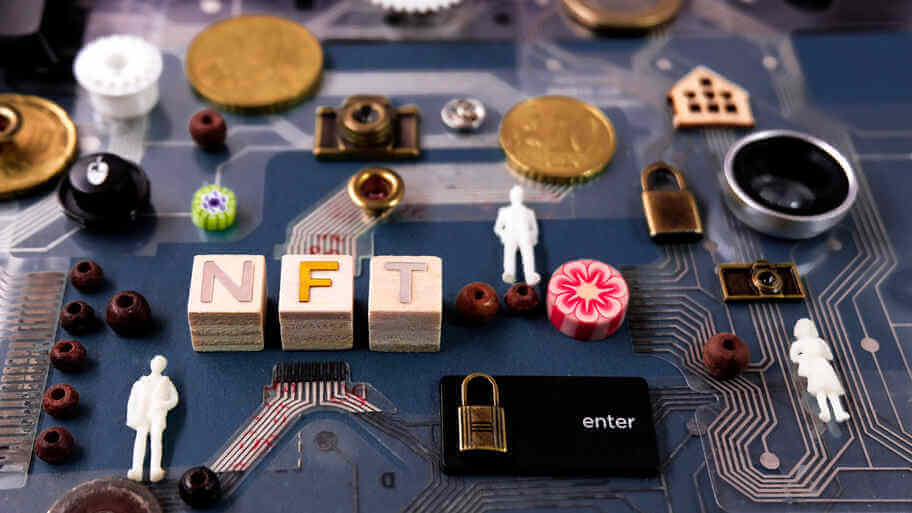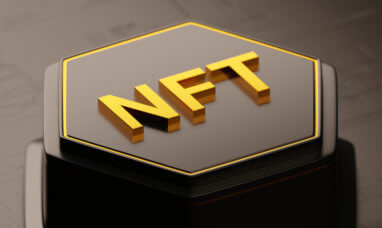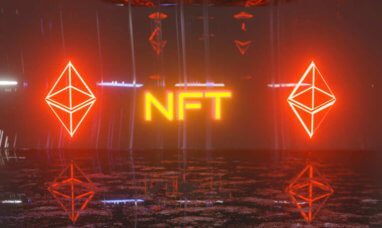NFTs have been a forefront topic in the art and gaming industry for quite some time now. On the surface, they may look like an overhyped storm that will soon come to pass. However, with NFT transactions growing in volume and size by the day, the debate on the phenomenon’s longevity is increasingly becoming oblique. Read on for detailed answers to these and a few other frequently asked related questions.
So, what are NFTs, how do they work, and why are they such a controversial topic? Learn about NFTs now.
What Are NFTs – And Will They Live up to the Hype?
NFT is an acronym for non-fungible tokens. Non-fungible is fancy jargon that simply means unique or irreplaceable.
Let’s take the U.S. currency, for example. One dollar bill has the same value as the next one. You can walk into a store and use any dollar bill in your wallet to pay for what you want, as long as they aren’t counterfeit. The cashier won’t discriminate one from the other, which makes dollar bills fungible. Or, in other terms, replaceable.
The same applies to most cryptocurrencies. One Bitcoin, for instance, holds the same value as another. That makes them interchangeable.
NFTs, on the other side, are irreplaceable—you cannot exchange one for another. That’s because they are scarce and minted on the blockchain with unique stamps. Most of them are on the Ethereum blockchain, which bears records, their ownership, and other details that make it impossible to clone a duplicate of any of the NFTs in the system. You can even code royalties into the NFT using smart contracts so that you’re continually paid every time it’s resold.
While the jargon used in the NFT world might be a little confusing, the technology isn’t that challenging to grasp. If you’re tech-savvy, it won’t take you long to understand how NFTs open a world of endless opportunities. What’s even more intriguing is how they are gradually changing how we record and transfer digital ownership.
Currently, NFTs are mostly famous in the NFT gaming and art industry, but things are likely to change very soon. According to Jordan Lyall, the chief product officer and one of the cofounders of Nifty’s (an NFT marketplace), the technology has the potential of snowballing and spreading to other industries.
So, will NFTs live up to their hype? Yes, the high chances are that this technology is here to stay. But, who are we to foresee the future? Let’s refocus and look at how you can trade NFTs and why they are so appealing.
What Is an NFT Marketplace?
As you must have noticed, NFTs aren’t physical objects—they are virtual tokens that signify ownership of physical or digital items. Unlike regular cryptocurrencies, you can’t buy or sell them on crypto exchanges, whether decentralized or centralized.
Like everyday goods have eBay or Amazon, NFTs have marketplaces. These are platforms on which you can create, display, sell, or buy the NFTs. To operate within these marketplaces, you require the following:
-
-
- A user account: You have to first create an account on the NFT marketplace on which you want to trade your tokens.
- A crypto wallet: If you have some background in cryptocurrency, you understand what crypto wallets are. These are like an ordinary bank or PayPal account through which you can make or receive payments. The wallet must be compatible with the blockchain network on which you wish to sell or buy the NFT. For instance, if you’re using Ethereum, consider having a MetaMask crypto wallet. Depending on your preference, you may choose a crypto wallet with no KYC account or one with additional verification processes.
- Coins in your crypto wallet: Before creating, displaying, or selling your NFT, you must preload your crypto wallet with some cash. The exact amount depends on the blockchain-based system you’re using and the value of the token.
-
Note that NFT marketplaces charge users for creating or displaying NFTs. Again, the exact amount depends on the system you’re using to trade. For instance, Ethereum—the blockchain system with the largest number of NFT decentralized apps—has slightly higher listing and trading fees than most platforms.
Why NFTs Are So Appealing
According to a 2020 survey by NonFungible.com, the number of active NFT wallets grew by almost 100% last year.
So, why are NFTs suddenly becoming popular?
The simple answer is because people love collectibles, and NFTs provide a secure way to monetize, sell, and buy them, which could be in form of trading cards. NFTs’ sophisticated, unique stamping technology guarantees authenticity and protects your artwork from fraudulent cloning.
Unlike exchanged-traded tokens, NFTs are unique and non-transferable. You can only create and sell them in specific marketplaces. Besides, each token comes with distinct validation credentials. Therefore, there are minimal chances of others trading counterfeits. Also, the NFT technology uses decentralized platforms, which help preserve ownership rights by barring anyone from altering the original records.
The other reason for NFTs increasing popularity is their rareness. The scarcity means they are less likely to have random fluctuations in market prices, making them a perfect solution for those who want to preserve money in dark abstract digital art. Besides, you cannot divide and sell them as portions, which further prevents extreme reduction in value.
How to Get Involved in NFTs without Spending a Dollar
Are you interested in venturing into NFT but lack the money to get started? Well, you’re not alone. The best way to get involved is to stay abreast of NFT developments and have sufficient information for when you are ready to begin trading.
You don’t have to spend thousands to learn about NFTs. Leverage social media, especially Twitter. By following hashtags like #NFT and #NFTs, you’ll get the latest information in this industry without spending a dime. Collectors also like sharing tips on favorable NFTs and scheduled releases on these platforms. So, you might just be lucky to spot a life-changing opportunity.
You can also check out Opensea, Coinbase and other projects that deal with NFTs, some of which include depictions of digital art fantasy characters, to get recent news and industry developments. In the NFT business, nothing matches the power of information, especially as a guide for beginners.
Bottom Line
NFTs are inarguably the next big thing in the blockchain, art, and gaming industries. Like Bitcoin when it entered the market, NFT technology is likely to experience some turbulence. But that’s just a matter of time; all evidence points to the possibility of a lucrative future. That being said educate yourself before investing in the market.
Featured Image: Twenty20








